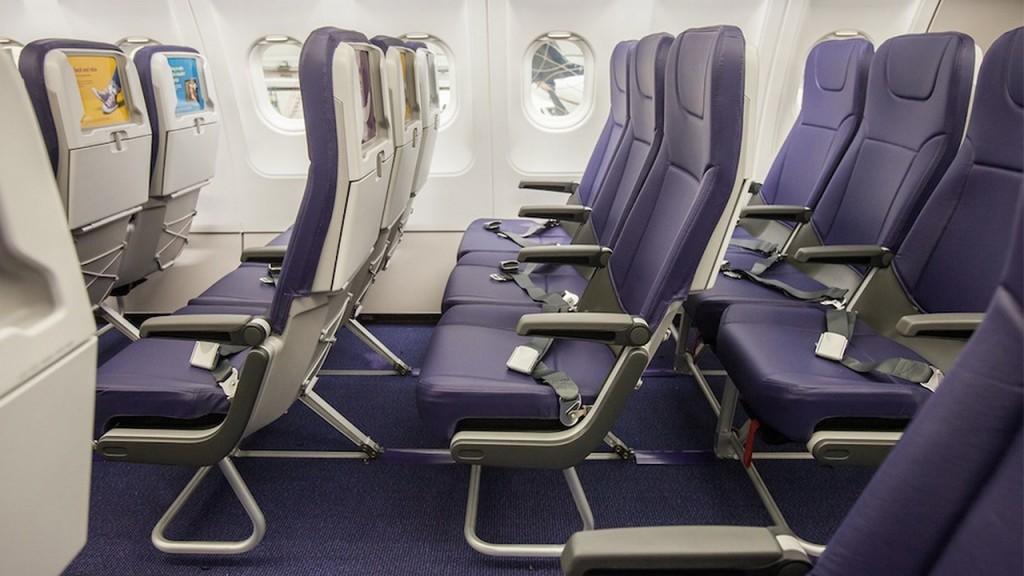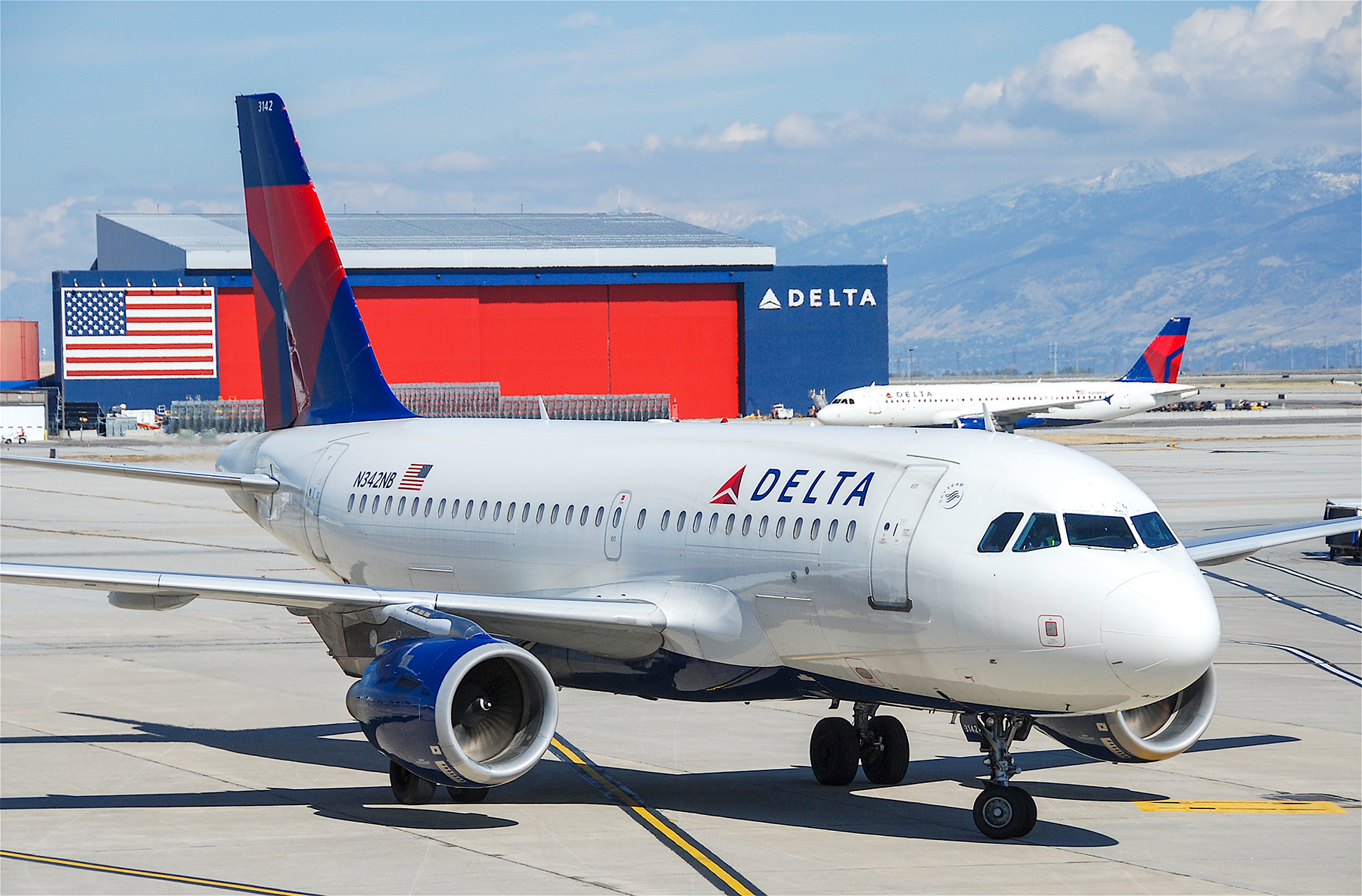Congressman Proposes Seat Size Amendment to FAA Reauthorization

[Update 2/11/2016 3:45 p.m. PST: “The committee rejected the amendment on a 33-26 vote.”]
Congressman Steve Cohen believes that his SEAT Act will guarantee a minimum seat size for passengers, safeguarding both their health and comfort.
As airline seats continue to get smaller, one man feels it’s time to enact federal legislation that would guarantee passengers protection against further shrinkage.
Congressman Steve Cohen (D-TN), a member of the House Transportation and Infrastructure Committee’s Subcommittee on Aviation, is presenting his Seat Egress in Air Travel (SEAT) Act as an adjunct to the Federal Aviation Administration’s (FAA) Reauthorization bill. This piece of legislation will be brought before the committee for voting tomorrow.
Over the last decade, many airlines have introduced slimmer designs in order to increase overall carrying capacity and heighten fuel efficiency. More latterly, however, it has been noted that a number of carriers have also reduced legroom as yet another way of increasing their capacity at the expense of passengers’ comfort.
Cohen’s SEAT Act is seen as a reaction against this trend and would guarantee passengers a minimum seat size. The official statement on Cohen’s website gives some statistics to help put this problem into perspective. It notes that, “The average distance between rows of seats has dropped from 35 inches before airline deregulation in the 1970s to about 31 inches today. The average width of an airline seat has also shrunk from 18 inches to about 16 ½.”
While it is unlikely to be passed into law, Cohen further revealed the motives behind the act. He explained that:
“Shrinking seats raise safety and health concerns, and it’s time for the FAA to take action. The FAA requires that planes be capable of rapid evacuation in case of emergency, yet they haven’t conducted emergency evacuation tests on all of today’s smaller seats. Doctors have also warned that deep vein thrombosis can afflict passengers who can’t move their legs during longer flights. Consumers are tired of being squeezed both physically and fiscally by airlines.”
[Photo: Getty]
























Why don't we fix the real problem? Cut the food subsidies so processed junk food goes back to it's high price and fruit & veg are more attractively priced, and the pax will shrink. Problem solved.
@diburning "There’s no incentive to make a narrower seat. You can’t cut off enough room to add another seat" Of course you can. The 777 was 2-5-2 and 3-3-3 seated when it was introduced, the 787 was 2-4-2. These days they get all moved to 3-4-3 and 3-3-3 respectively.
Naive flyers just look at the price and don't even know that they can compare amenities. More experienced flyers may look for the cheapest fare, because all the domestic airlines offer a far worse experience than they did 25 years ago. Furthermore, capacity-based pricing means, that the price for the same cramped seat with 8 ounces of a soft drink and a bag of three pretzels may vary by hundreds of dollars from day to day. In a real-life case, I once paid $199 for a flight that had sold for $550 literally the day before. Only an idiot would pay $550 for a lousy experience when it was possible to pay less than half that by waiting a few days. Furthermore, in international service, business and first class are priced disproportionately higher than coach, sometimes five to twelve times more, and yet it would be hard to argue that these classes are five to twelve times more comfortable than coach. The airlines themselves have trained passengers to look for the cheapest possible ticket, and then they use it as an excuse to degrade service even more.
"The average width of an airline seat has also shrunk from 18 inches to about 16 ½.” No. It is not. 16.5" might be the "average" if you started measuring jumpseats at the rear of the plane. The average airline seat is 17-18" wide. There's no incentive to make a narrower seat. You can't cut off enough room to add another seat.
@diver858, while I agree Seat Size and Pitch are available publicly, seat pitch often does not give an accurate portrayal of comfort on board. As seat pitch is measured from one part of a seat to exactly the same spot on the row ahead, it leaves out factors such as the actual amount of space for the passenger vs what is taken up by the seat itself. The variance can make a 31" pitch on one plane acceptable vs. absolutely horrid on another plane. A truer measure of legroom space would be from the front of the seatback to back pocket on the seat ahead. That way the consumer understands exactly what personal space they will be getting.